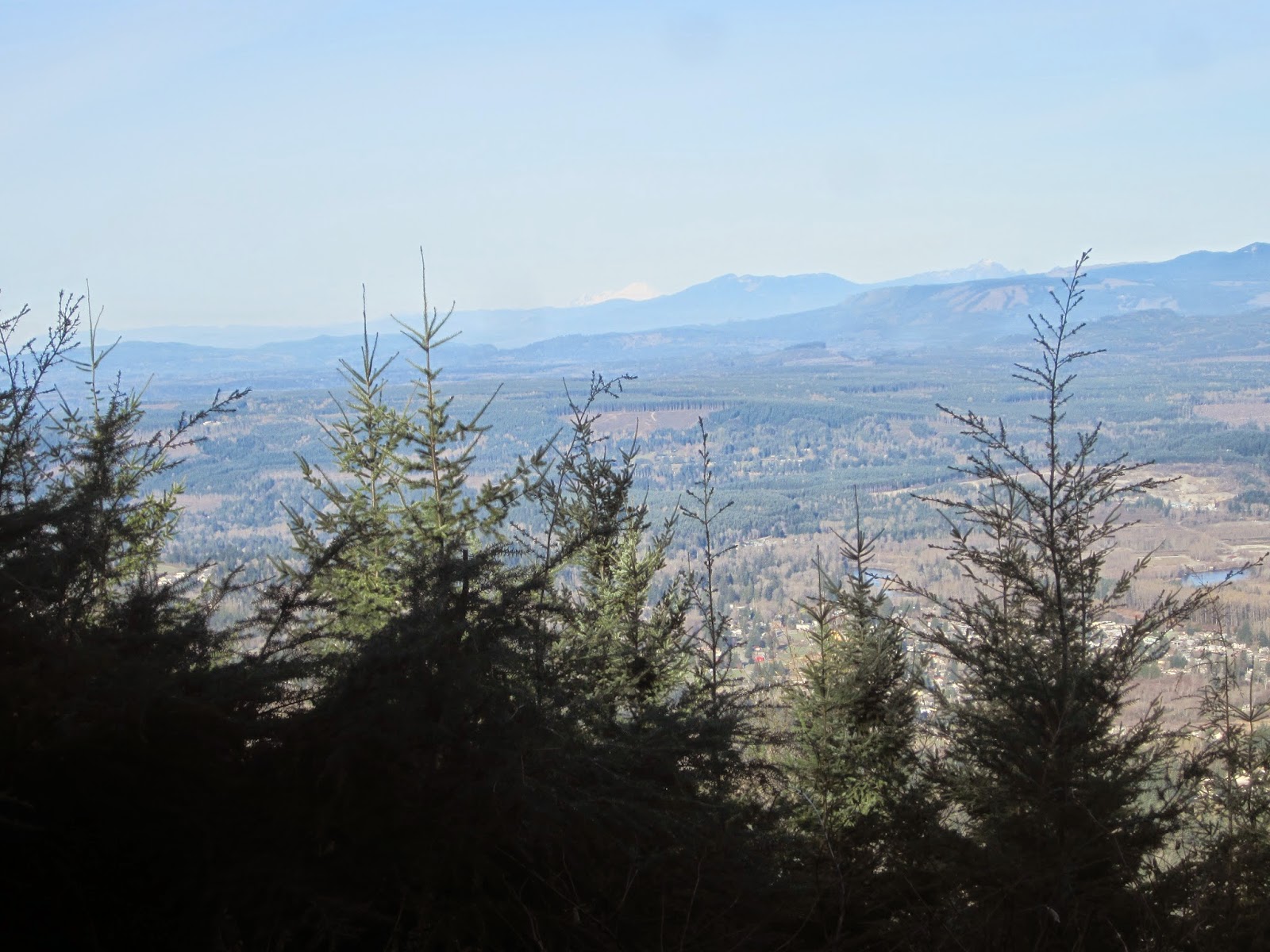Německý Brod, Czech Republic, 1912
My daughter-in-law's parents who are serving a records preservation mission are currently living in the Czech Republic where they are filming and digitizing vital and census records. Even though they are very busy working they did spy this postcard at a tourist information center and kindly sent it off to me. What a delightful surprise to find it in the mailbox. Thank you kind friends!
The picture is dated 1912 with buildings much older than that. Following World War II the name of this town was changed in 1945 to Havlíčkův Brod. The word “brod” means ford so it is not surprising that the town is located on the Sázava River in the Bohemian-Moravian Highlands. There have been people living in settlements here as long ago as the 12th century.
When silver was discovered German miners were invited to move to the area. Silver mining was most important during the 13th into the 14th century, declining toward the end. Because the German-speaking people brought in to work the mines were living in Brod they became subjects of the Bohemian crown. This town was involved in periodic wars including the Hussite or Bohemian Wars (1419 – 1434) and the later Bohemian War (1468-1478). It was sacked in 1422 and resettled in 1429. In the 16th and 17th centuries it experienced what is described as a cultural flowering. By 1918 it was part of the Austrian monarchy. Textiles and the railroad became important during the industrialization of the 19th century. The main center of Brod was declared a national treasure in 1980.
The Hussite Wars or the Hussite Revolution was also referred to as the Bohemian Wars and were fought between the Hussites who were followers of the Bohemian priest and reformer Jan Hus and monarchs who supported the authority of the Roman Catholic Church. The Hussites were a major military power that included most of the Czech population of the Kingdom of Bohemia. These conflicts were notable for use of early hand-held firearms. The fighting ended in 1434 with the Hussites agreeing to submit to the authority of the King and the Church if they were allowed to continue to practice their variant religion.
For more information about the city, see:
http://en.wikipedia.org/wiki/Havl%C3%AD%C4%8Dk%C5%AFv_Brod
For details about the Hussites and the tactics and weapons used during these wars, please see:
http://en.wikipedia.org/wiki/Hussite_Wars























